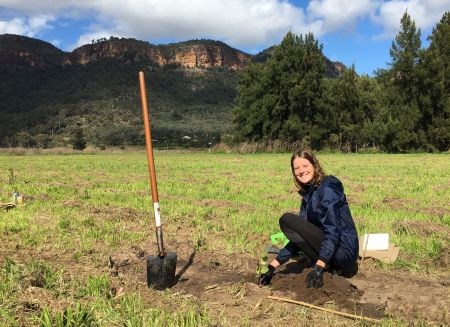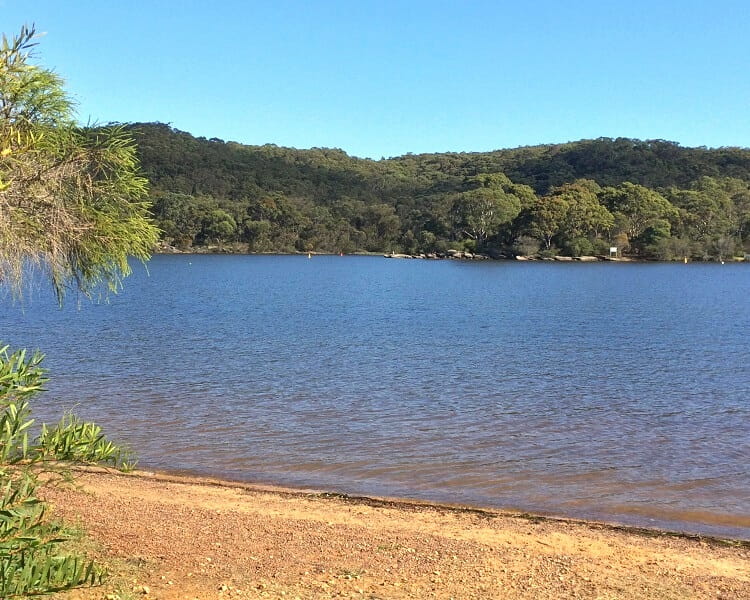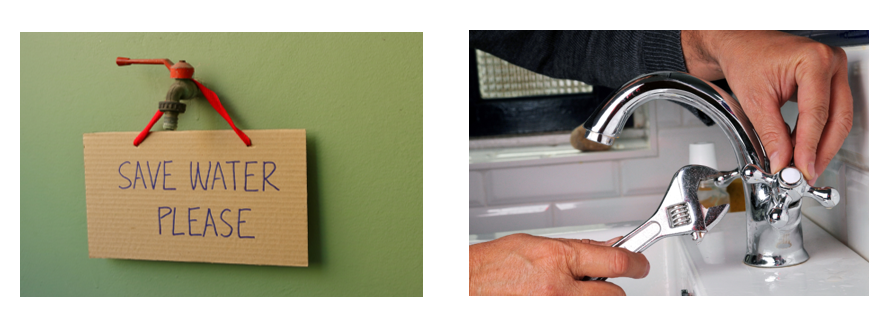To celebrate National Water Week, read on to learn more about the true value of water and how we can care and protect this vital resource.
I love water: It’s the source of all life. It underpins all ecosystems on the planet, supports our economy and society, and holds strong cultural and spiritual values.
Water is all around us, but do we really understand how valuable it is? Australian households use about 195 litres of potable water/person which equals 20 buckets of 10L/day! This is way above the United Nations recommendation of 50-100 L of freshwater/day/person.
To celebrate National Water Week, read on to learn more about the true value of water and how we can care and protect this vital resource.
How much water is there on earth?
The amount of water on Earth hasn’t changed for millions of years, but its distribution has.
Water on earth is ‘trapped’ in oceans, icecaps, glaciers, lakes, rivers, aquifers and groundwater. If we were to place it all into a sphere, the diameter of that ‘water ball’ would be about 1,385 kilometres or the distance between Paris to Oslo. If all the world's water was poured over the United States, it would cover the land to a depth of 145 kilometres!
So yes, there’s lots of water on earth. However, only 1% of it is freshwater available for drinking, as most of it is locked in glaciers or in deep aquifers. That leaves us with just a tiny portion of drinkable water that needs to be shared between 8 billon people and over 5 million species.
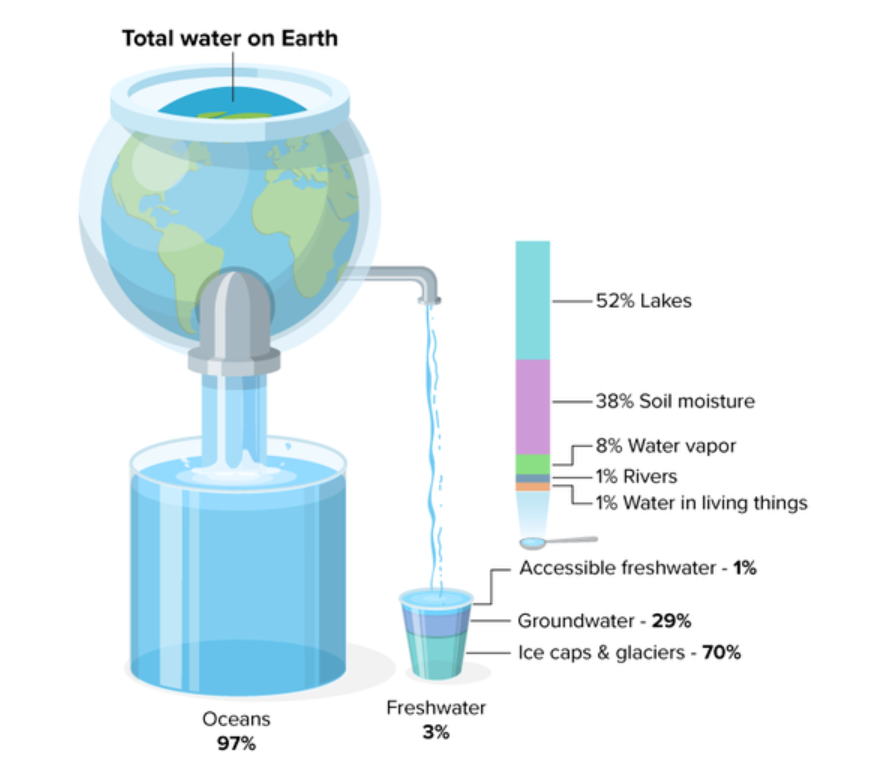
Source: CK12 Foundation
In Australia, we mostly use surface water, as well as 20% groundwater and 4% desalinated sea water. In Sydney, 80% of the water we use comes from Warragamba Dam, Australia’s largest urban water supply located in the Blue Mountains.
How much water do we use?
When we think about the water we use, we generally think about drinking water, washing hands, dishes and clothes, showering, having baths, cooking and watering garden. This is what we call direct water use.
The water used to make and build and produce stuff such as food, furniture, packaging, clothes, mobile phones and even coal fired electricity, is called indirect water.
If we combine direct and indirect use per capita, the water footprint of each Australian is 6,300L/day or the equivalent of 35 bathtubs full of water! Which is pretty high considering we live on one of the driest continents on earth.
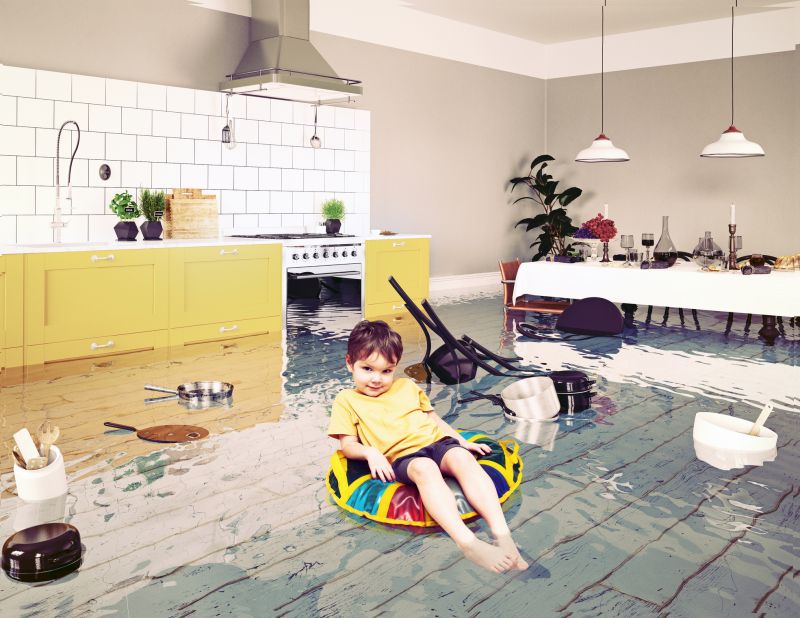
How can we care for water?
Just because it’s been raining recently, we should never waste water. Our amazing country is prone to long term drought, so saving water at all times is important and has many important benefits such as protecting biodiversity and ecosystems, reducing greenhouse emissions and save money on your water bill!
Here are easy things you can do to reduce your direct and indirect water use:
Direct
- Understand your direct water use
- Fix water leaks. Check Sydney Water ‘Water Fix’ Program for help.
- Add in a brick or some pebbles in the cistern of toilets without a dual flush. This will decrease the volume of water used with each flush.
- Use your dishwasher to help reduce water use by a tenfold. Handwashing? Make sure to turn the tap off while washing your dishes.
- Check other water reduction initiatives
Indirect
- Measure your water footprint: Use a water calculator
- Eat less meat and dairy: Did you know that 90% of water used by an Australian household goes to produce food? The water footprint of a vegetarian diet is about twenty times less if compared to a meat-rich diet so eating less meat makes sense.
- Buy second hand: No matter if it is clothes, furniture or digital equipment everything counts.
- Consume less: Buy only the food and things that you need.
- Encourage people to learn about their water: where does it come from, and how to reduce their direct and indirect use. Share this quiz to help people with their water journey.
Remember, water is vital for the survival of life on our planet. So, during this year’s National Water Week show your ‘water love’ by following our easy water saving tips.
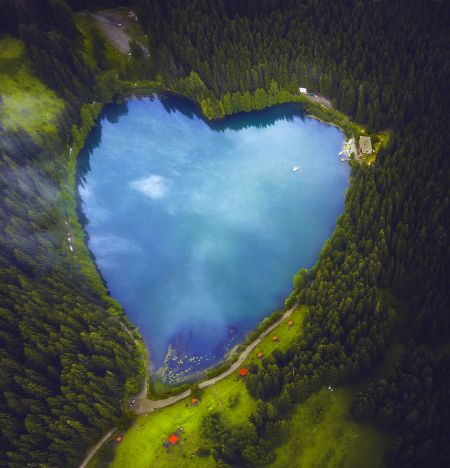
Visit Waverley Council’s Sustainable Water webpage to learn more about local initiatives or email secondnature@waverley.nsw.gov.au to discuss your water saving idea.
About the author
Mylene Turban lived in Bondi for almost 3 years before moving to Manly. She worked as an engineer across the renewable energy and water treatment industries. She is currently working as a sustainability consultant at Pangolin Associates. She has led impactful local environmental initiatives through Responsible Runners, facilitating workshop (Climate Fresk, Circular Economy Collage, Water Puzzle), writing articles, and by taking part in different community initiatives.
